
Polarized Training Pathway
In collaboration with Dr. Stephen Seiler, the “father of polarized training,” we have curated everything you need to know about the 80/20 training method.

Cycling training is a science and an art. How endurance athletes train, when they train, and the intensity and duration of that training all affect the gains and adaptations they see.
Proper interval execution is essential to see the expected progress. How you analyze and interpret all that data is equally valuable. Of course, training needs to be planned so it fits into any given season, race schedule, and lifestyle. Off the bike, the importance of strength and conditioning is often neglected.
This is training. This process is what athletes live for.

In collaboration with Dr. Stephen Seiler, the “father of polarized training,” we have curated everything you need to know about the 80/20 training method.
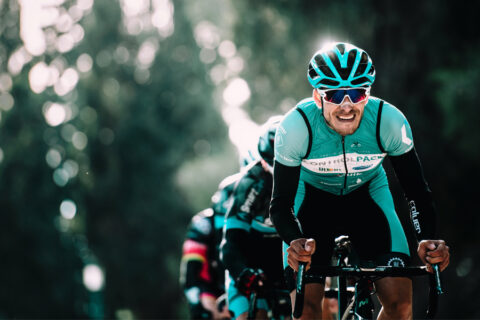
Interval workouts are a fundamental part of any endurance training program. Learn exactly what intervals are, why they are so important, and how to properly execute interval workouts with the help of Sebastian Weber, Neal Henderson, and Dr. Stephen Seiler.
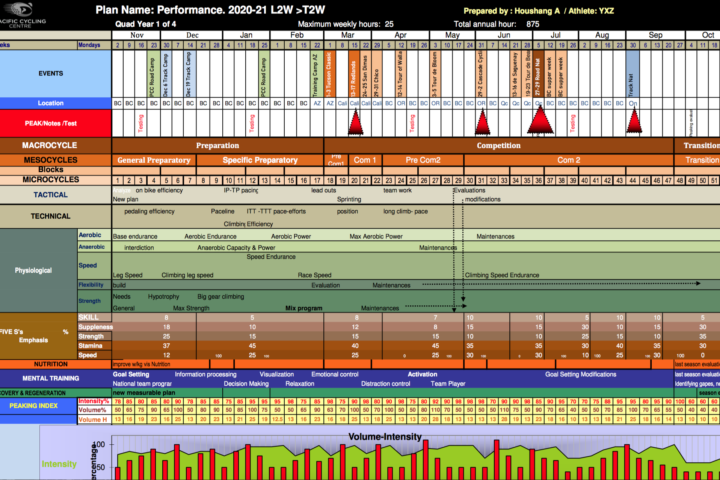
We review the art and science of developing and maintaining an annual training plan, which helps athletes progress and perform at their best.

It’s hard to find time to fit in the long, slow miles that traditionally comprise the base season. Coach Trevor Connor offers suggestions for improving life-training balance, understanding quality versus quantity, and more.
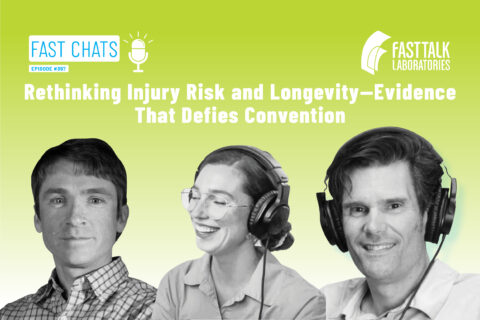
Two new studies challenge common assumptions: intensity may matter more than volume for healthy aging, and triathlete injury patterns aren’t what most coaches would predict. We unpack what this means for training prescription, and why neuromuscular and strength work belong in every plan.

You might never sprint during an Ironman or ultra-running race, but that doesn’t mean you can’t benefit from some HIT.
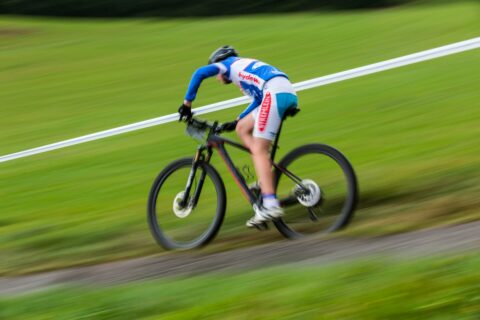
If you consider yourself a time-crunched athlete, how do you make the most of that time and incorporate HIIT into the plan?

Physiologist Rob Pickels nerds out with Coach Trevor Connor for a deep dive into new scientific research.

Coach and pro cyclist Rab Wardell helps us answer questions on adding bouts of intensity into your LSD rides, how to find a coach at your level, and how much a coach should serve as teacher.

Nerd Lab! In this episode, Mr. Pickels nerds out with Coach Trevor Connor for a deep dive into new scientific research findings.

HIT has many proven benefits and several big limitations. Trevor Connor explores how HIT works, its effects, and the most effective high-intensity interval workouts you can choose for specific gains.

High-intensity training offers many benefits. It also has limitations. We explore just how much HIT work you need to perform at your best.
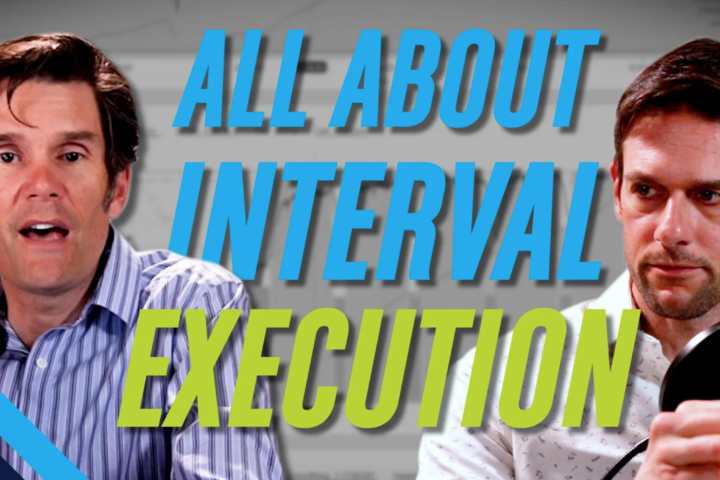
Learn how and why you should select certain intervals, how to integrate them into your training plan, when to do them, and how to properly execute them.
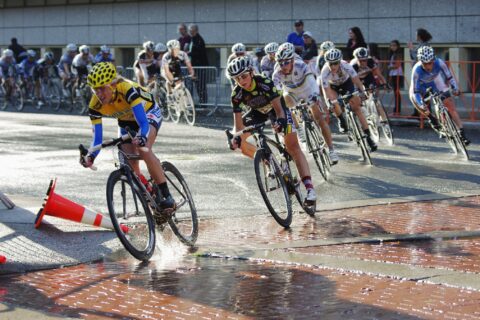
Former Fast Talk guests including Ted King, Lindsay Golich, and Kristin Armstrong discuss their favorite workouts and their benefits.
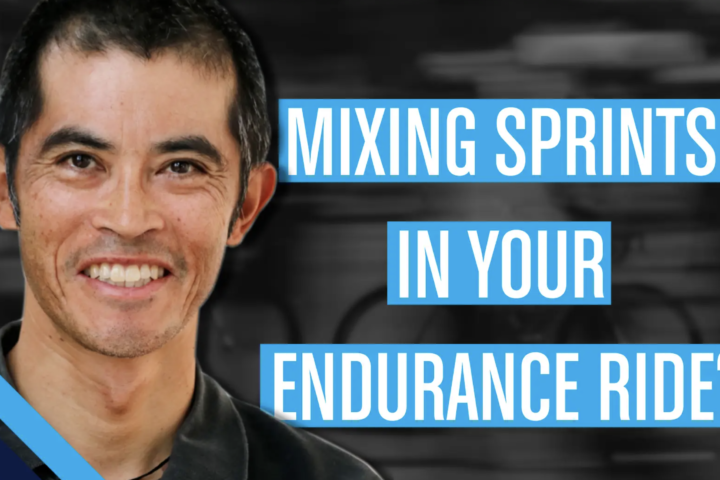
Dr. Stephen Cheung attempts to answer the question of whether it’s productive to incorporate intensity into an endurance ride.
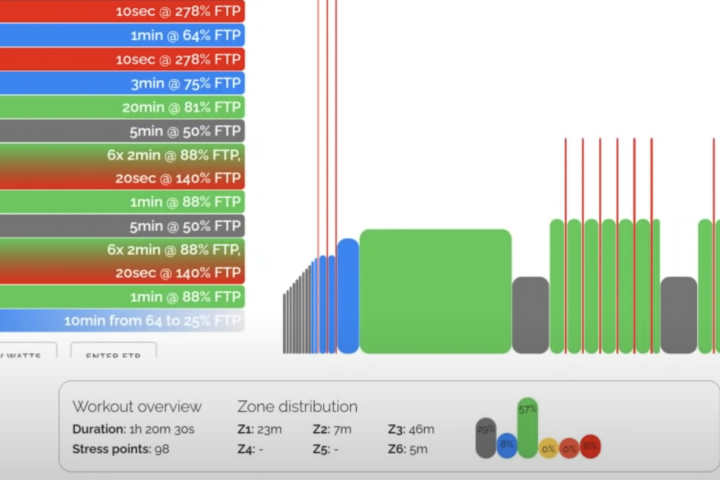
In this workshop, Dr. Stephen Seiler dives into the specifics of a famous Mat Hayman training session and also discusses how to “measure” high-intensity repeatability.
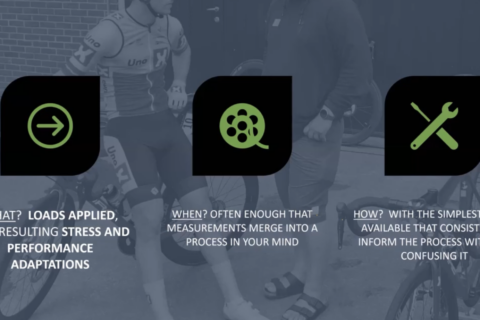
Dr. Seiler shares his method for monitoring an athlete’s training volume and intensity.
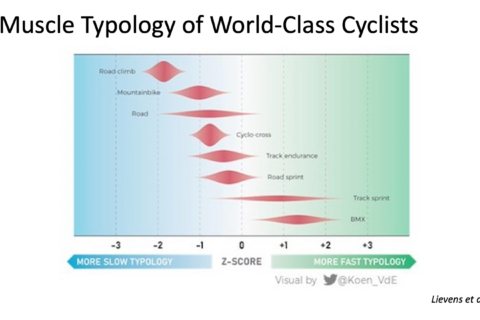
Dr. Cheung discusses new research that explores the relationship between muscle fiber-type density, high-intensity training, and an athlete’s risk for overtraining.
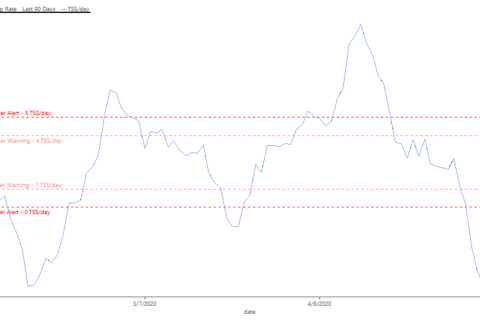
Listener Q&A on high intensity (HIIT vs. HIT), pyramid intervals vs. Tabata intervals, gut health, recovery, and CTL
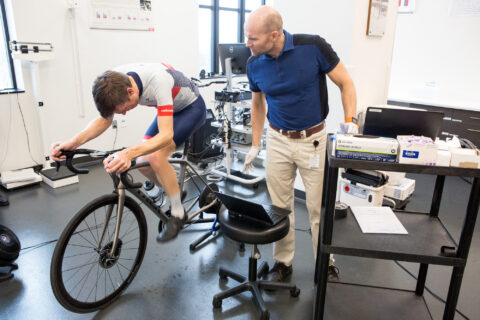
In episode 92, we answer questions on how to structure your training, overtraining, and laboratory testing.
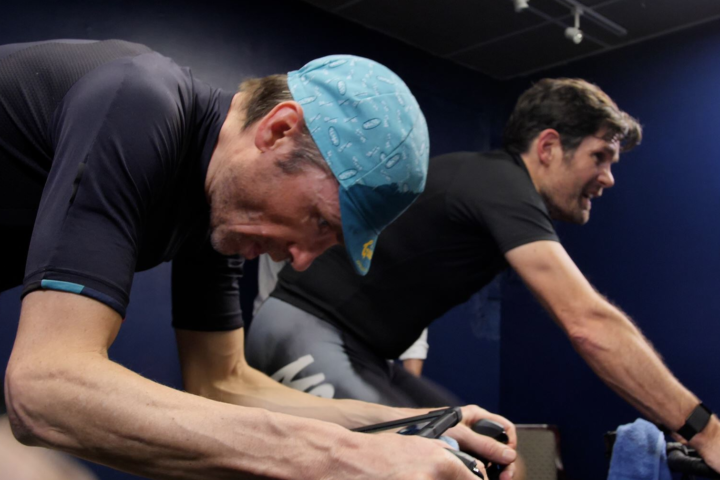
We discussed the overall polarized approach in episodes 54 and 51. Today, we’re going to talk about the other side: high intensity work.